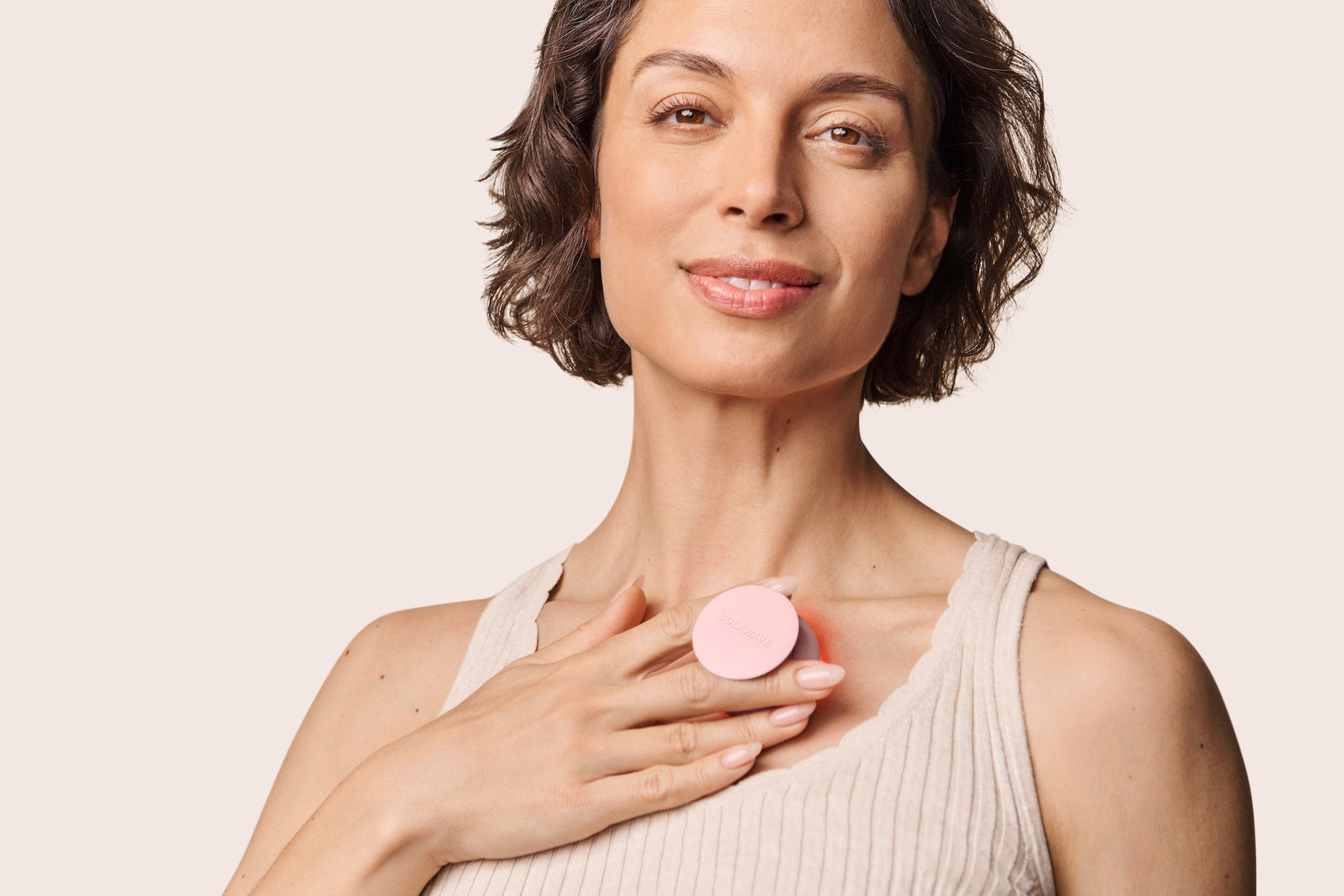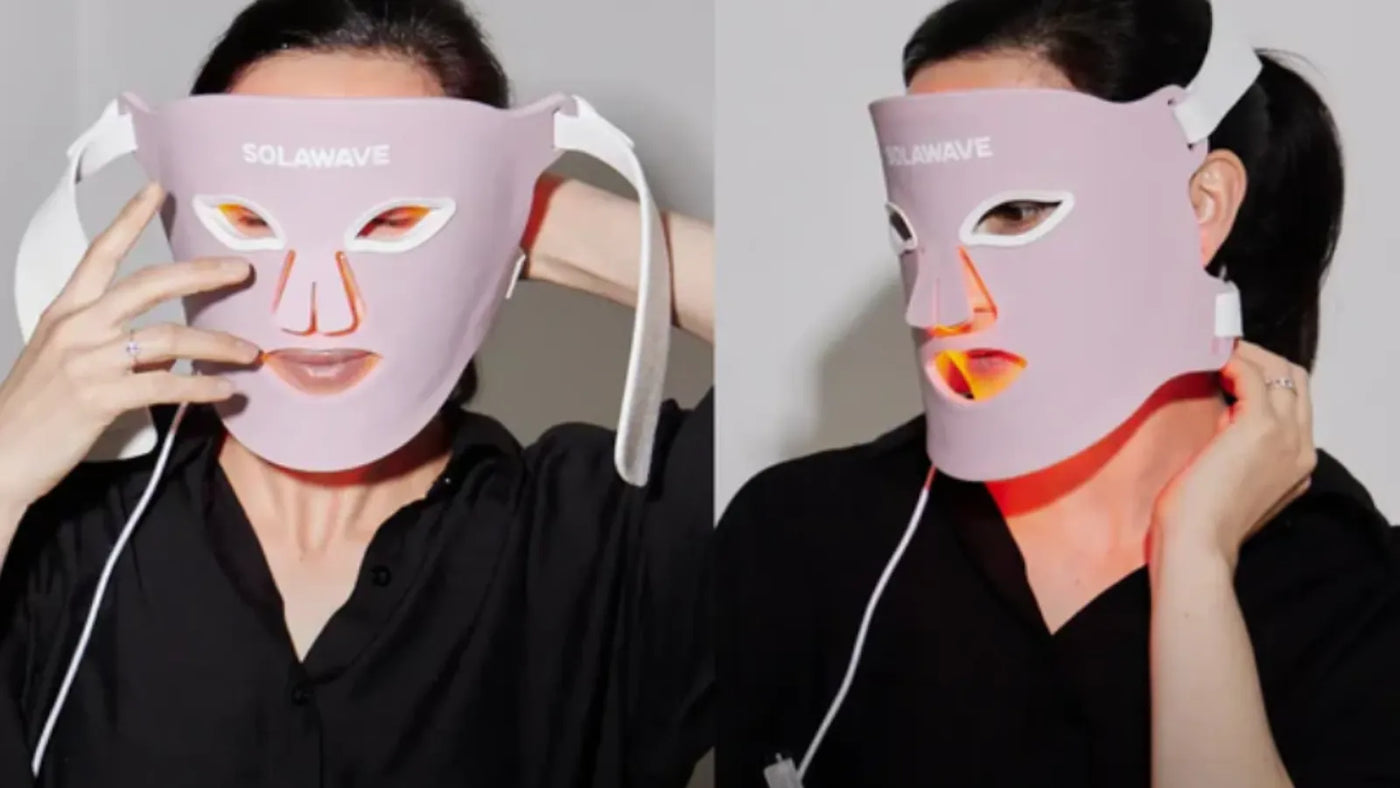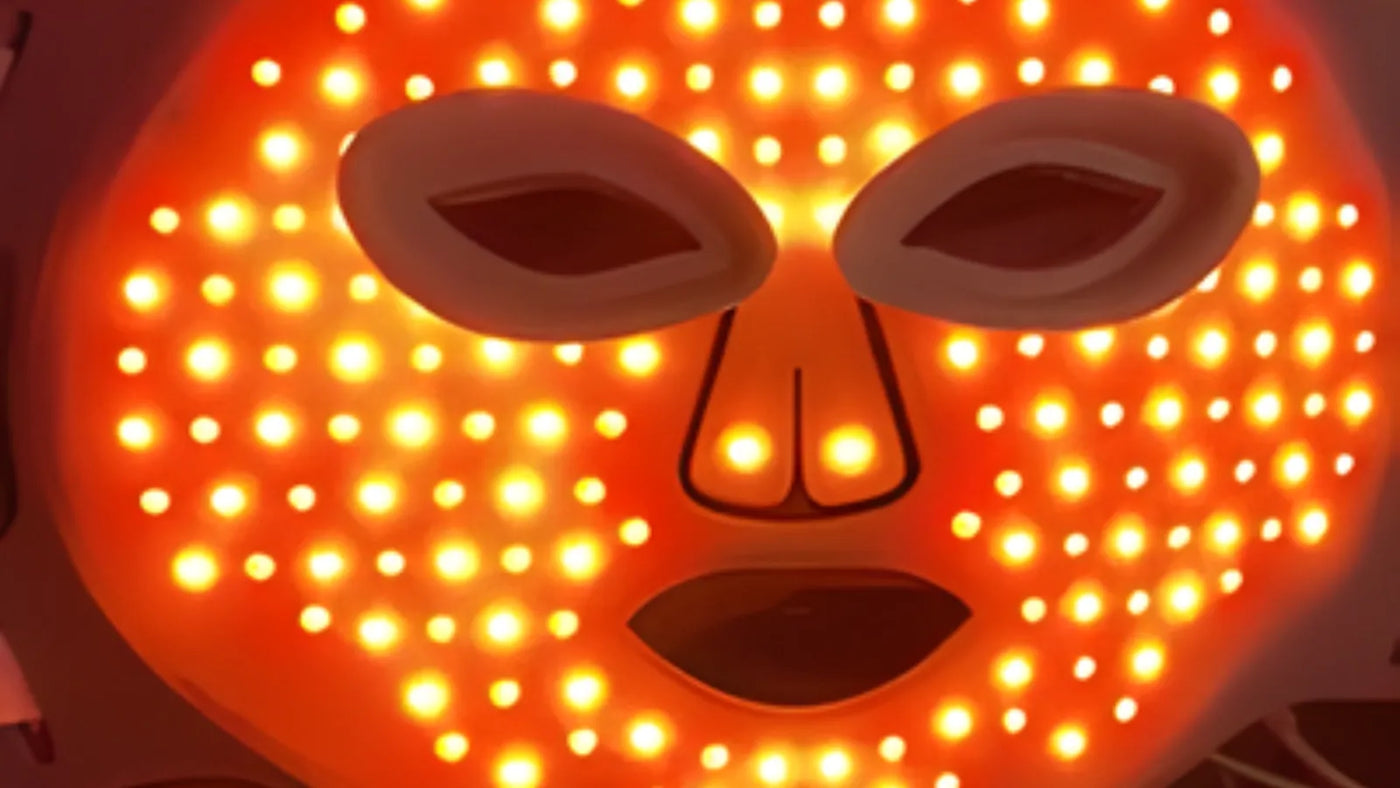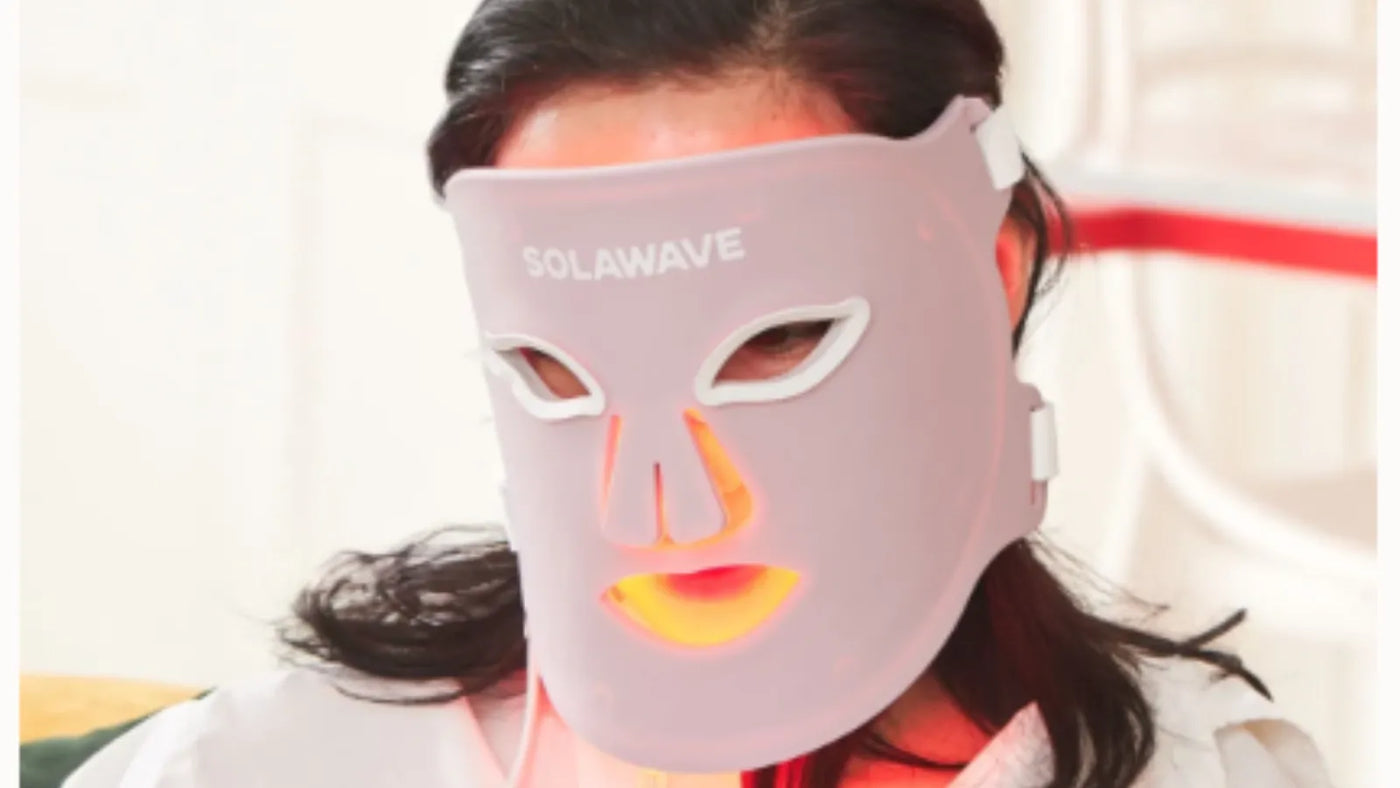

How To Use Red Light Therapy for Testosterone: Don’t.
Testosterone is a vital hormone that plays a key role in overall health, influencing everything from muscle growth and bone density to mood, energy, and libido. Many people look for ways to support or boost their testosterone levels, especially as they age or experience symptoms like fatigue, reduced motivation, or changes in body composition. This search for solutions has led to growing interest in various wellness trends, including Light Therapy and, more specifically, Red Light Therapy (RLT).
Red Light Therapy has gained popularity for its potential benefits in areas like skin health and recovery, but some claims suggest it might also impact hormone levels, including testosterone. It’s important to understand, however, that while Light Therapy is a fascinating area of research, Red Light Therapy is not a cure or treatment for low testosterone or any medical condition. In this article, you’ll learn what testosterone is, proven ways to support healthy levels of it, and what current research says about the relationship between Red Light Therapy and testosterone.
What Is Testosterone?
Testosterone is a hormone produced primarily in your testicles if you’re male, and in smaller amounts in your ovaries if you’re female. It belongs to a group of hormones known as androgens, often called “male hormones,” though they play important roles in everyone’s health. Testosterone is used for building and maintaining muscle mass and muscle strength, supporting bone density, influencing fat distribution, and driving libido (sex drive) and reproductive health. It also plays a role in your mood, energy levels, and mental clarity.
Testosterone production occurs mainly in specialized cells in the testicles called Leydig cells. These cells rely on healthy mitochondria — the energy-producing structures within cells — to function properly. When testosterone levels are lower than normal, you might notice symptoms such as fatigue, decreased motivation, reduced muscle mass, loss of muscle strength, increased body fat, mood changes like irritability or depression, and a lower sex drive. Low testosterone can also contribute to issues like erectile dysfunction and reduced sperm motility, both of which can affect reproductive health.
Common causes of low testosterone include aging, certain medical conditions, injuries to the testicles, chronic inflammation, chronic stress, obesity, and some medications. To determine your testosterone levels, healthcare professionals typically use a blood test, usually performed in the morning when levels are highest.
How To Support Healthy Testosterone Levels
Lifestyle Changes
Diet: A balanced diet rich in whole foods supports hormone production and overall well-being. Healthy fats, such as those found in avocados, olive oil, nuts, and fatty fish, are essential for hormone synthesis, including testosterone. Protein from lean meats, eggs, and legumes helps build and maintain muscle mass, while complex carbohydrates from whole grains and vegetables provide sustained energy. Deficiencies in nutrients like zinc and vitamin D have been linked to lower testosterone, so include foods like shellfish, beef, eggs, and fortified dairy or consider a supplement if recommended by your doctor.
To support healthy testosterone levels through nutrition, focus on eating whole, minimally processed foods and include a source of healthy fat and protein at each meal. Aim to eat a variety of colorful fruits and vegetables to ensure you’re getting a broad range of nutrients. It’s also wise to consider having your vitamin D levels checked, as deficiencies can impact hormone health; supplementing with vitamin D may be beneficial if your healthcare provider recommends it.
Exercise: Regular physical activity, especially resistance training like weightlifting, has been shown to boost testosterone levels. Exercise helps reduce body fat, which is important because excess fat can lead to increased conversion of testosterone to estrogen. High-intensity interval training (HIIT) is also effective for supporting hormone health.
To effectively incorporate exercise for healthy testosterone levels, aim for at least 150 minutes of moderate physical activity each week and include strength training exercises two to three times per week. Adding some high-intensity interval training (HIIT) workouts can also be beneficial if you’re able. Most importantly, choose activities you enjoy so you can stay consistent and make exercise a regular part of your routine.
Sleep: Quality sleep is crucial for hormone regulation. Most testosterone release occurs during deep sleep, so poor sleep or chronic sleep deprivation can significantly lower your levels. Adults should aim for 7–9 hours of sleep per night.
To improve your sleep and support healthy testosterone levels, set a consistent sleep schedule—even on weekends—and create a relaxing bedtime routine to help signal your body that it’s time to wind down. Limiting screen time and caffeine in the evening can make it easier to fall asleep, while keeping your bedroom cool, dark, and quiet will help you get the restful, uninterrupted sleep your body needs.
Stress Management: Chronic stress raises levels of cortisol, a hormone that can suppress testosterone production. Managing stress through relaxation techniques, mindfulness, or hobbies can help keep your hormones balanced.
To better manage stress and support your hormone health, practice deep breathing, meditation, or yoga regularly, and make sure to take breaks throughout your day to recharge. Spending time outdoors or with loved ones can also help you relax, so prioritize activities that help you unwind and bring you a sense of calm.
Medical Treatments
If lifestyle changes aren’t enough and you’re experiencing symptoms of low testosterone, medical treatments may be considered. Hormone replacement therapy (HRT) is a common option, involving testosterone administered through gels, patches, injections, or pellets. Certain medications may also be prescribed to address underlying causes.
You should consult a healthcare provider if you have persistent symptoms of low testosterone, before starting any supplements or over-the-counter products, to discuss the risks and benefits of hormone replacement therapy (HRT) or other medical treatments, and for regular monitoring if you begin any hormone therapy.
Natural Supplements
Some natural supplements are marketed for testosterone support, such as zinc, vitamin D, fenugreek, and ashwagandha. While some studies suggest mild benefits, the evidence is mixed, and supplements should not replace proven medical treatments or healthy lifestyle habits.
To safely incorporate supplements, talk to your healthcare provider before starting any new product, choose reputable brands, and follow the recommended dosages. Remember to use supplements as a complement to, not a substitute for, healthy lifestyle habits.
Research on Red Light Therapy and Testosterone
Research on how to use Red Light Therapy for testosterone is still in its early stages, and much of the available evidence focuses on related reproductive or sexual health issues rather than directly on testosterone levels themselves.
For example, some studies have explored the use of Low Level Laser Therapy (LLLT) — a category that includes Red Light Therapy — as part of the treatment for male infertility. These studies suggest that LLLT may improve sperm survival, motility, and movement speed, as well as reproductive and sexual functions in men with conditions such as prostatitis and vesiculitis. However, these benefits are linked to overall reproductive health and not specifically to increasing or managing testosterone levels.
Another area of research has examined the effects of Light Therapy, including Red Light Therapy, on sexual function. In one clinical study, participants with hypoactive sexual desire disorder or primary sexual arousal disorder received Light Therapy. The group treated with active Light Therapy reported a significant improvement in sexual satisfaction compared to the placebo group. While these results are promising for sexual function, the study did not directly measure changes in testosterone levels, and the researchers highlighted the need for future studies to correlate clinical findings with testosterone before and after treatment.
Overall, while some studies indicate that Light Therapy and Red Light Therapy may have positive effects on certain aspects of male reproductive and sexual health, there is currently no strong evidence to support the idea that Red Light Therapy is an effective method to increase testosterone or treat low testosterone. Most research has focused on related outcomes, not on how to use Red Light Therapy for testosterone specifically. More direct, high-quality studies are needed to clarify any potential connection.
Conclusion
Proven testosterone management and support strategies like healthy lifestyle choices, proper medical care, and professional guidance remain the most effective ways to support your testosterone levels. While research on Red Light Therapy and testosterone is ongoing, there is currently no evidence that Red Light Therapy is a cure or treatment for low testosterone or any medical condition. Always prioritize safe, evidence-based methods and consult with healthcare professionals to ensure the best approach for your hormone health.
Frequently Asked Questions (FAQs)
Can Red Light Therapy devices be used at home for hormone health?
Yes, many Red Light Therapy devices are marketed for home use, but their safety and effectiveness for hormone health, including testosterone, have not been established by clinical research. Always follow manufacturer instructions and consult a healthcare provider before starting any new wellness routine.
Can Light Therapy replace traditional treatments for hormone imbalance?
No, Light Therapy should not replace evidence-based treatments such as hormone replacement therapy or medications prescribed by your healthcare provider. There is no scientific consensus supporting Light Therapy as a solution for hormone imbalance or testosterone deficiency.
How do I choose a safe and effective Red Light Therapy device?
Look for devices that are FDA-cleared or have undergone independent safety testing. Check for appropriate wavelength ranges (typically 600–900 nm for Red and Near-Infrared Light Therapy) and read user reviews. Always prioritize safety and consult with a healthcare professional before starting any new Light Therapy regimen.
Disclaimer: This article is intended for informational purposes only and should not be interpreted as medical advice or guidance. Always seek medical advice and care from a trusted healthcare professional.
Sources:
-
Low Testosterone: Symptoms, Diagnosis & Treatment - Urology Care Foundation
-
Effectiveness of low level laser therapy for treating male infertility - PMC
-
[Light therapy as a treatment for sexual dysfunctions--beyond a pilot study] - PubMed






















